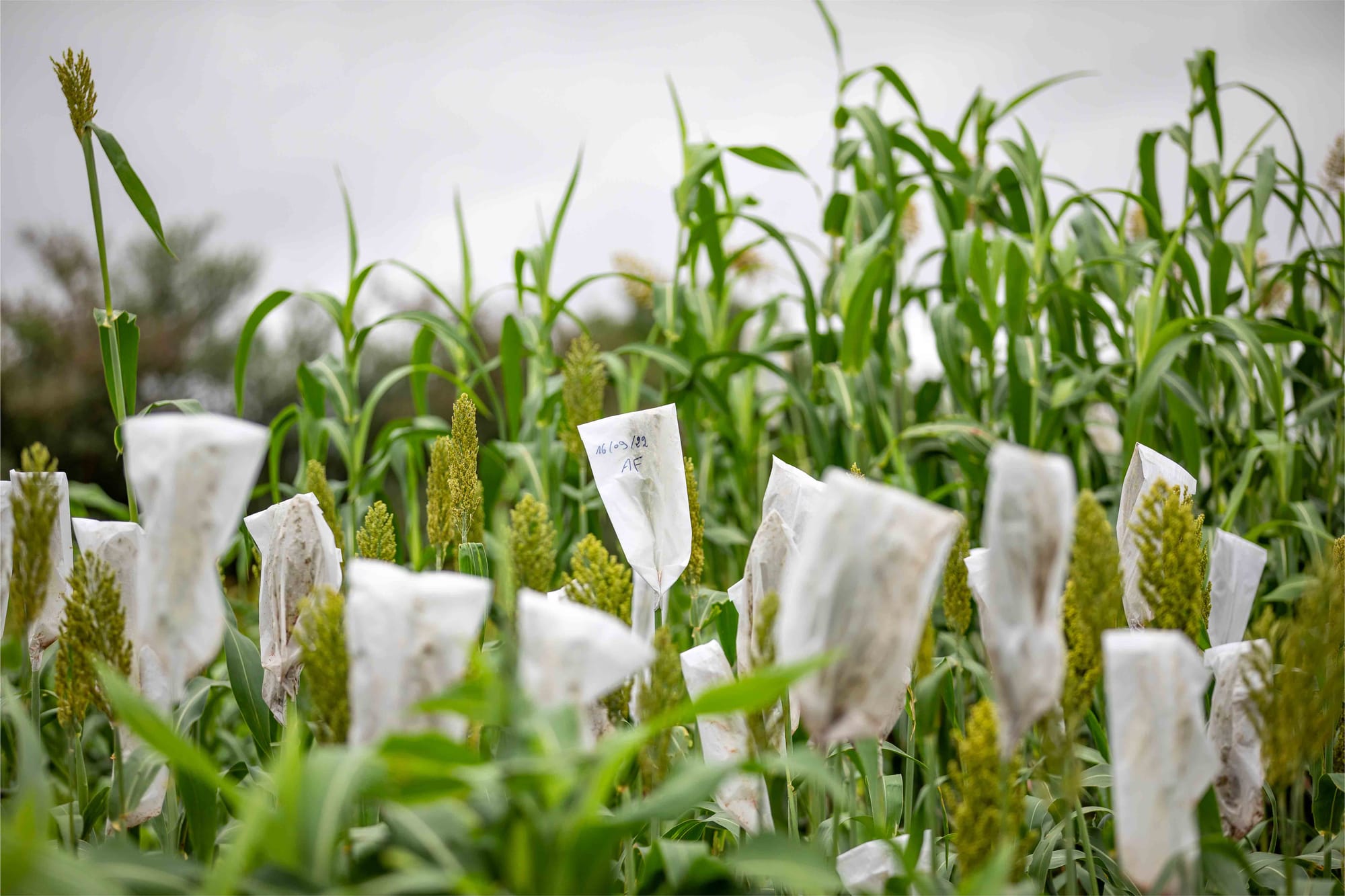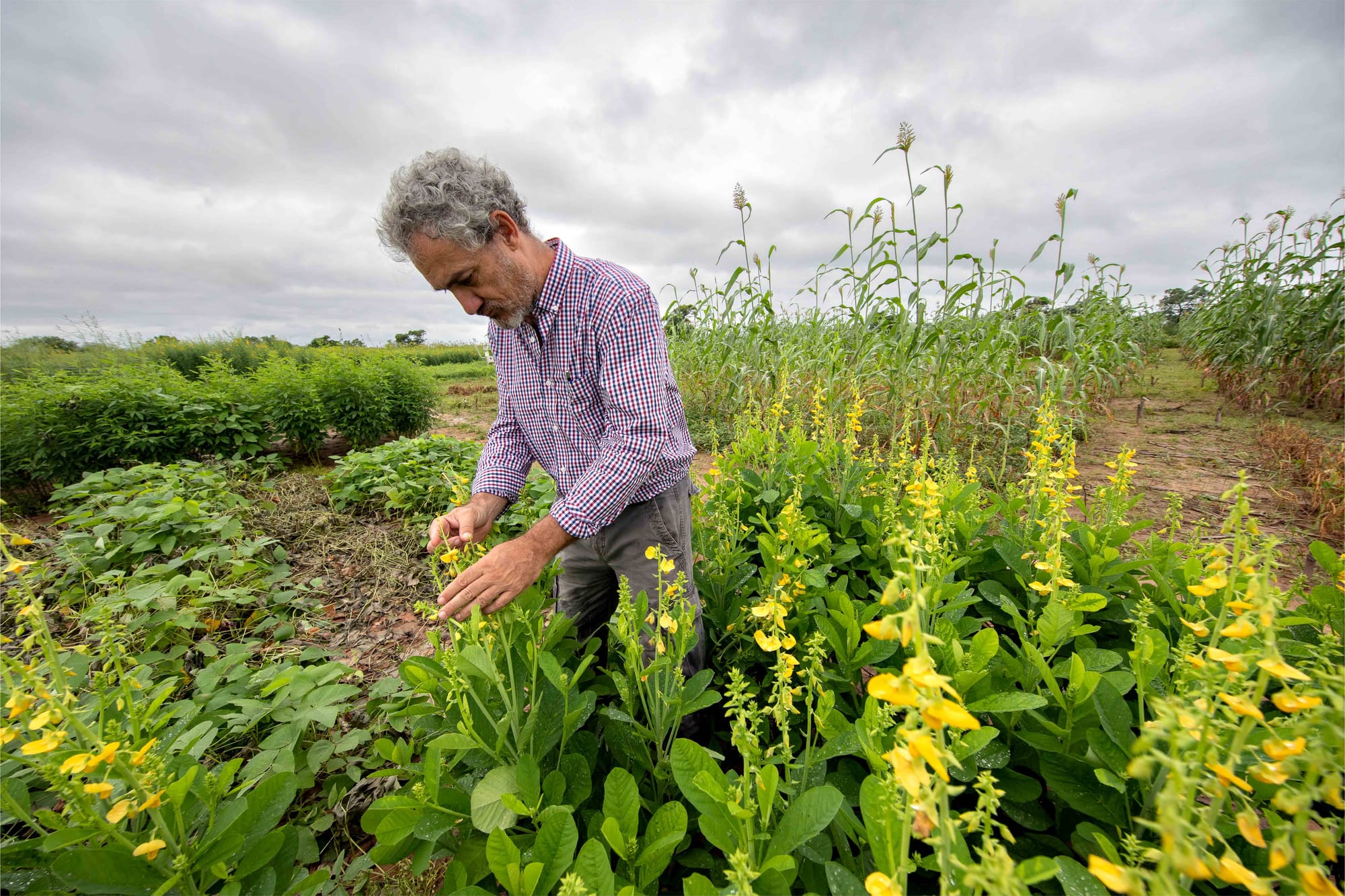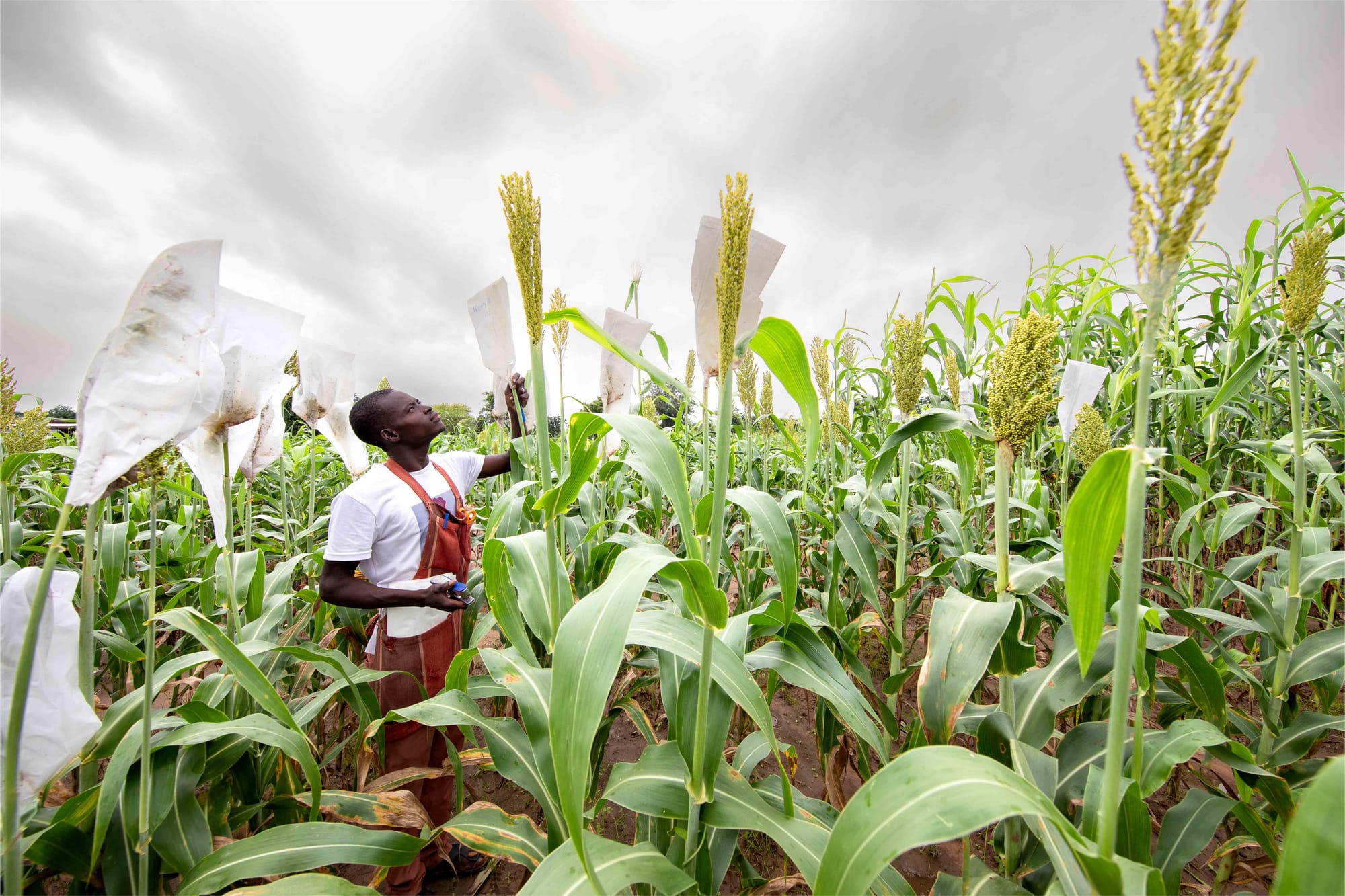Reinventing farming with farmers
In Burkina Faso, teams of researchers are co-innovating with sorghum farmers to break the deadlock of conventional agriculture.
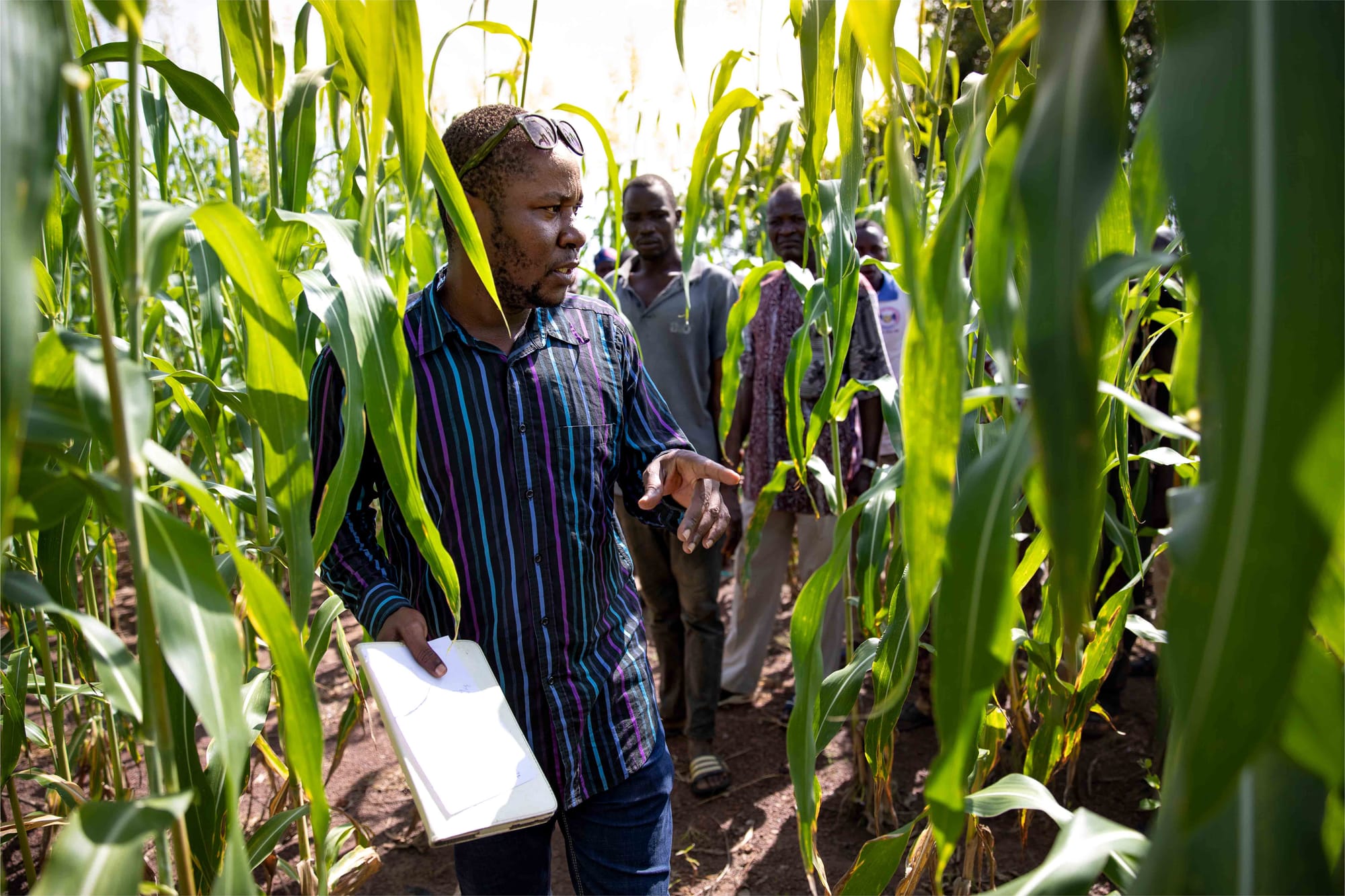
Farmers on the breaking point
In the central region of Burkina Faso, sorghum-based farming systems have reached saturation point. Due to land pressure, fallow land is disappearing, leading to a decline in soil fertility and an increase in diseases.
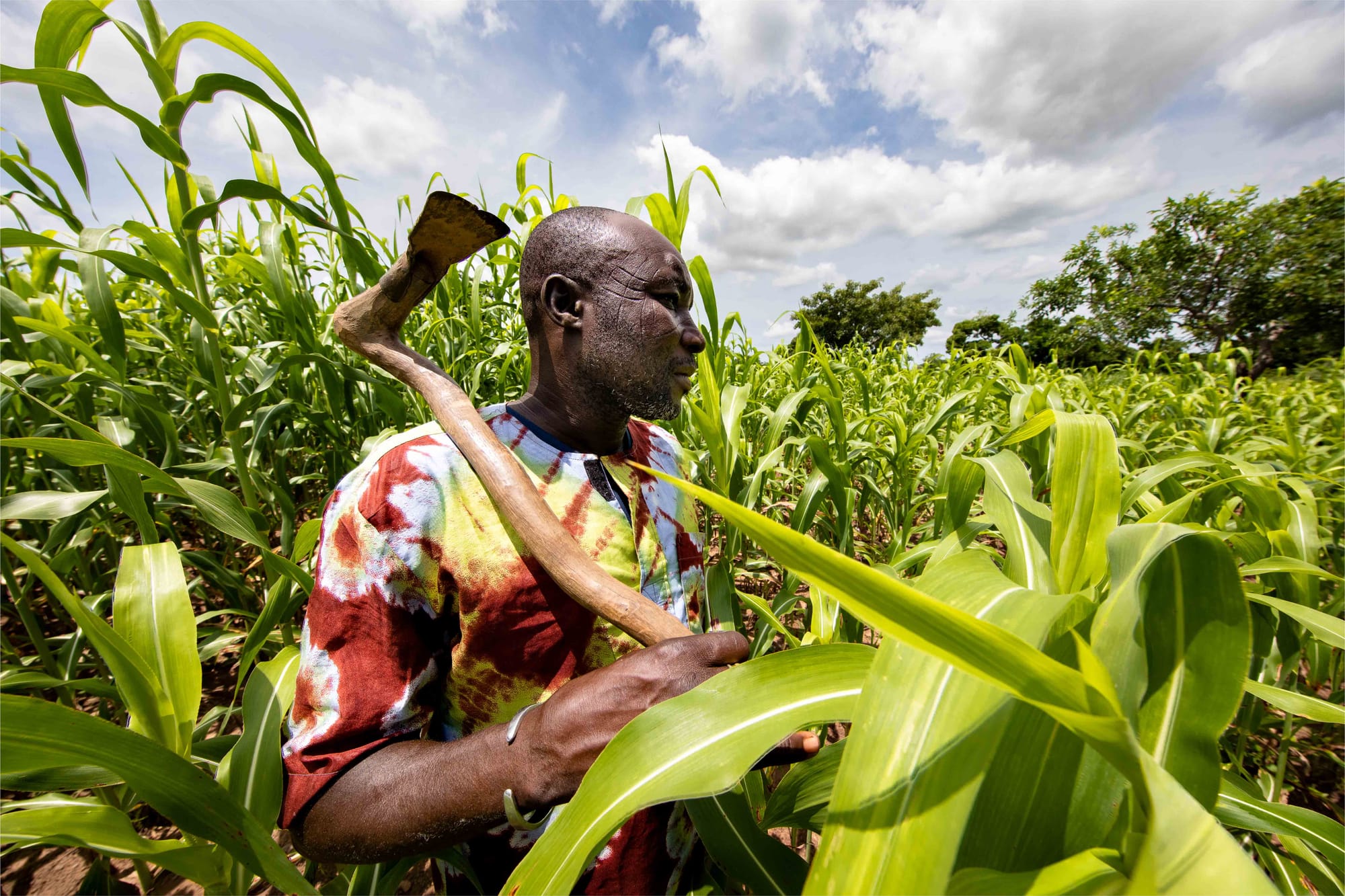
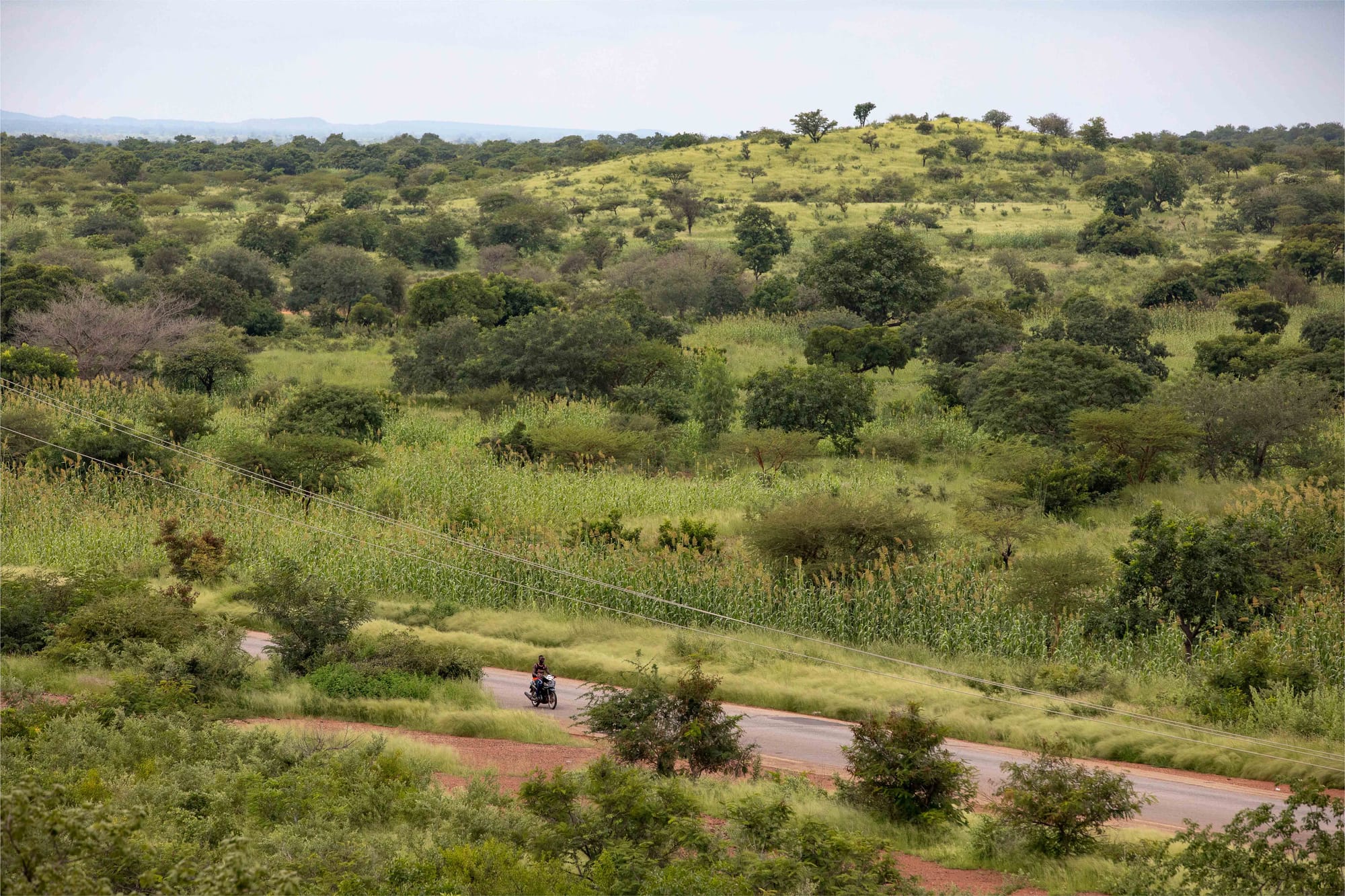
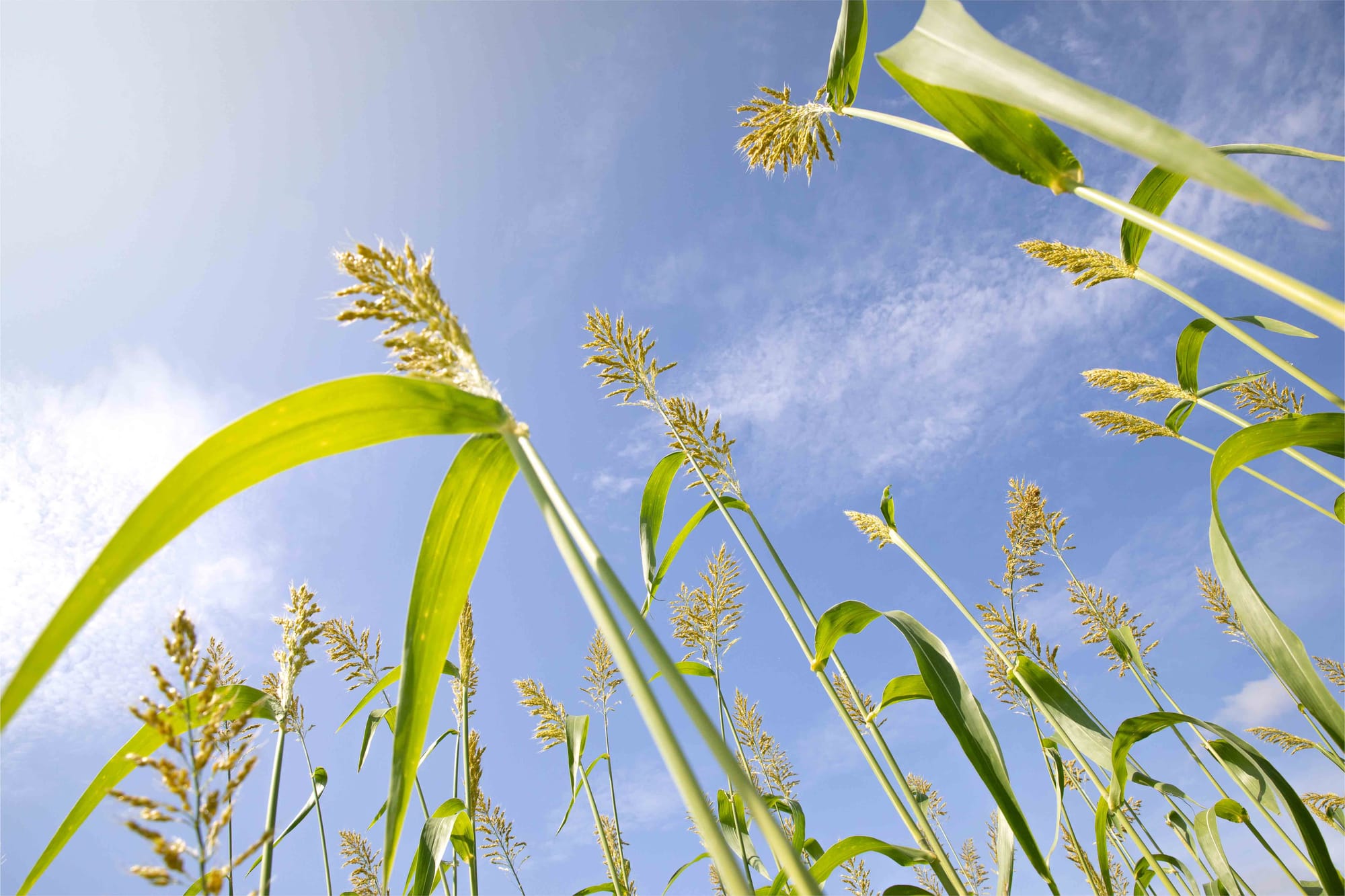
Joining forces to change agriculture
From 2020, researchers from CIRAD and INERA (Burkina Faso's agricultural research institute) have joined forces to support several groups of farmers in their innovation journey towards sustainable agriculture.

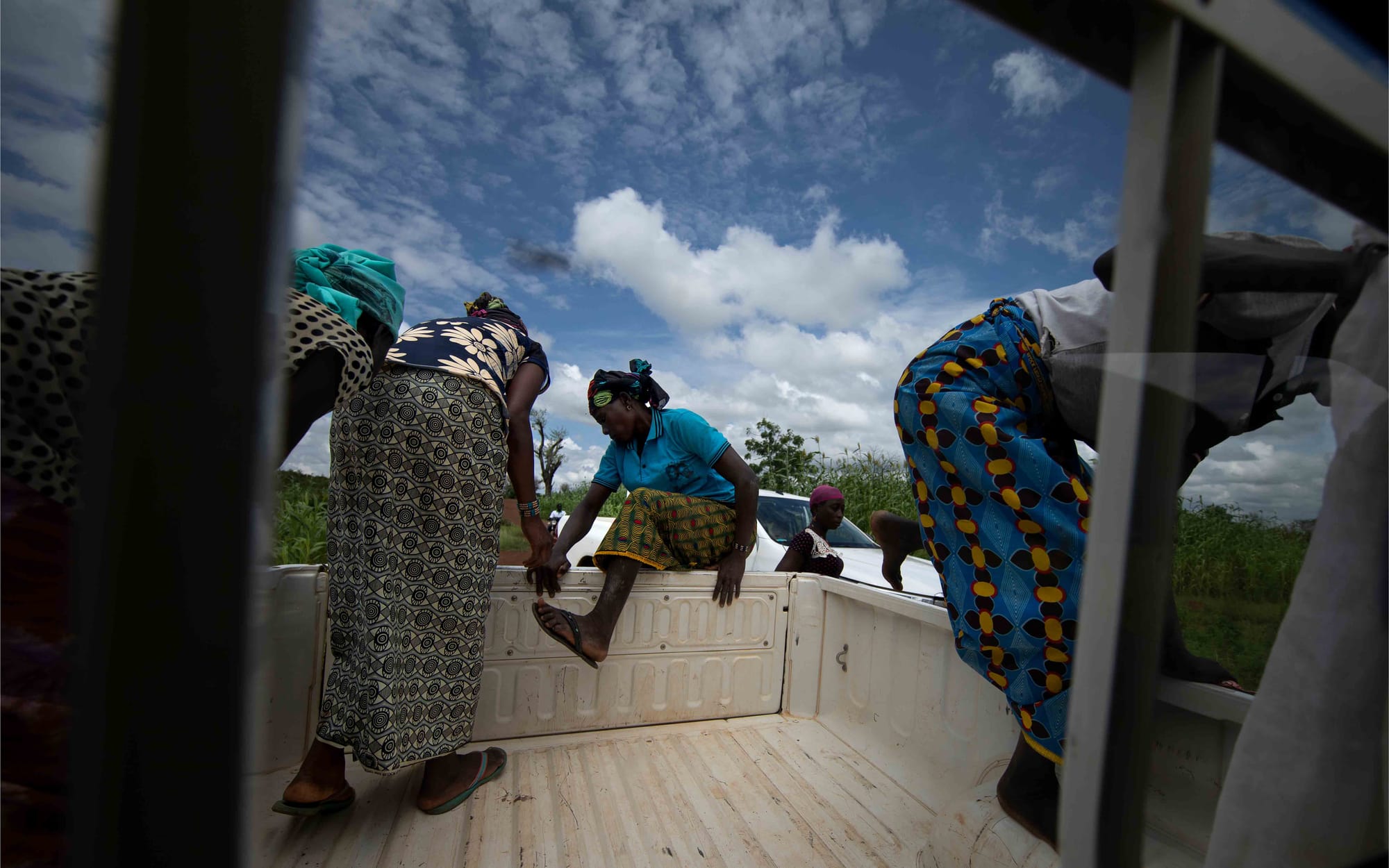
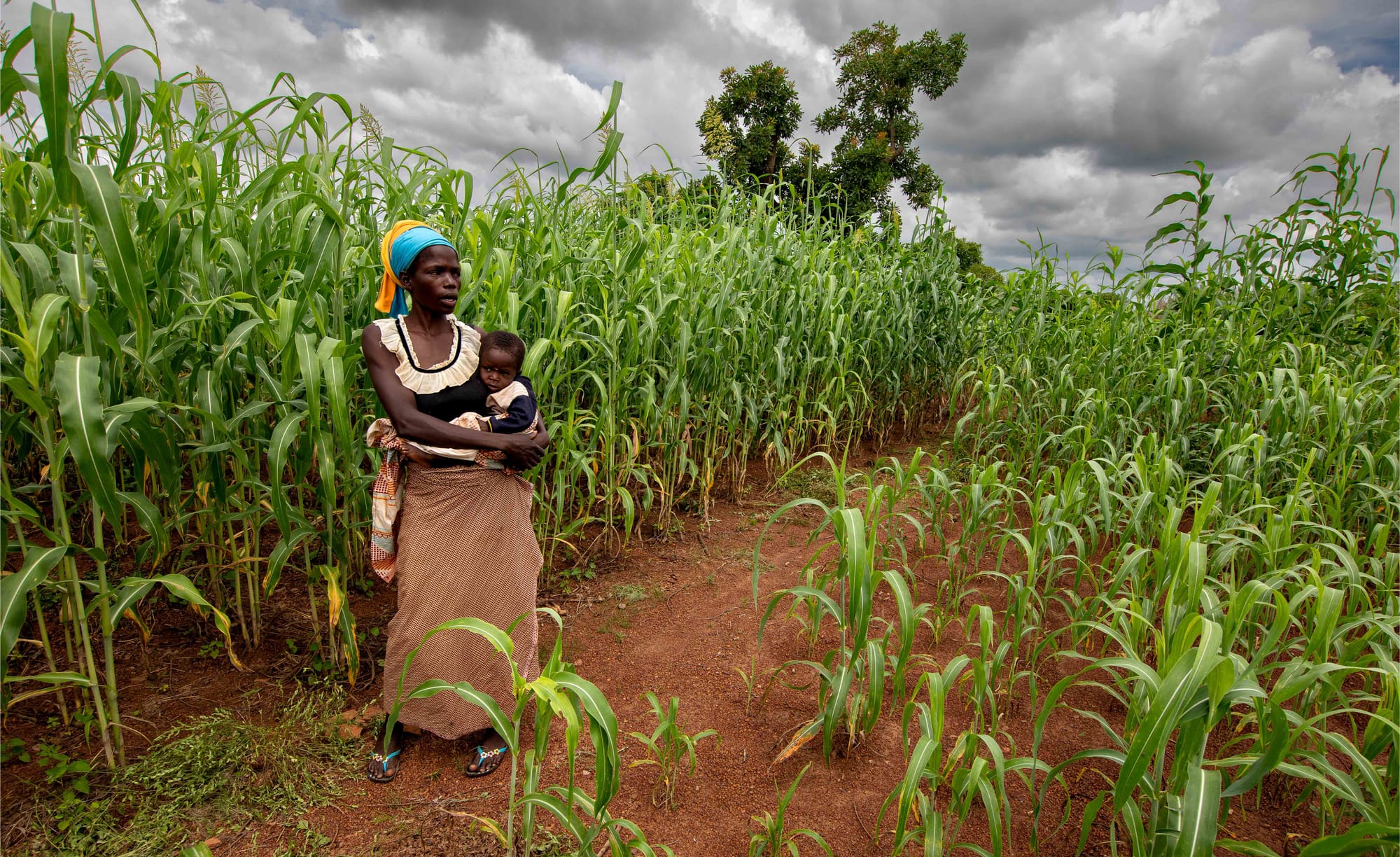
A farmer field school
On a beautiful day of September 2022, researchers and farmers met to visit the "central-field" of Arbolé, in central Burkina Faso. For the past two years, they have been using this one-hectare plot as a place of experimentation and co-learning to test all kind of new ideas.
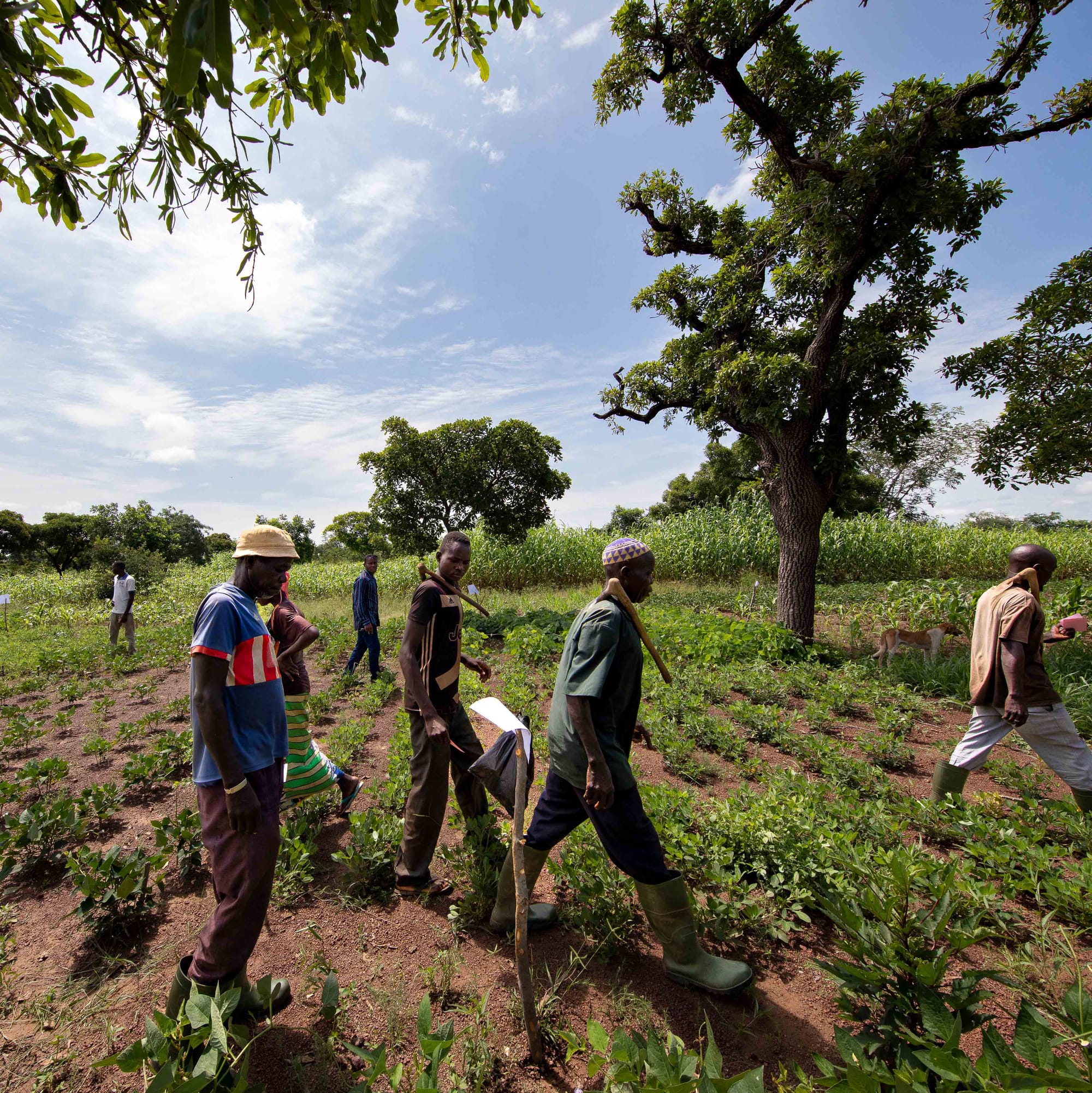
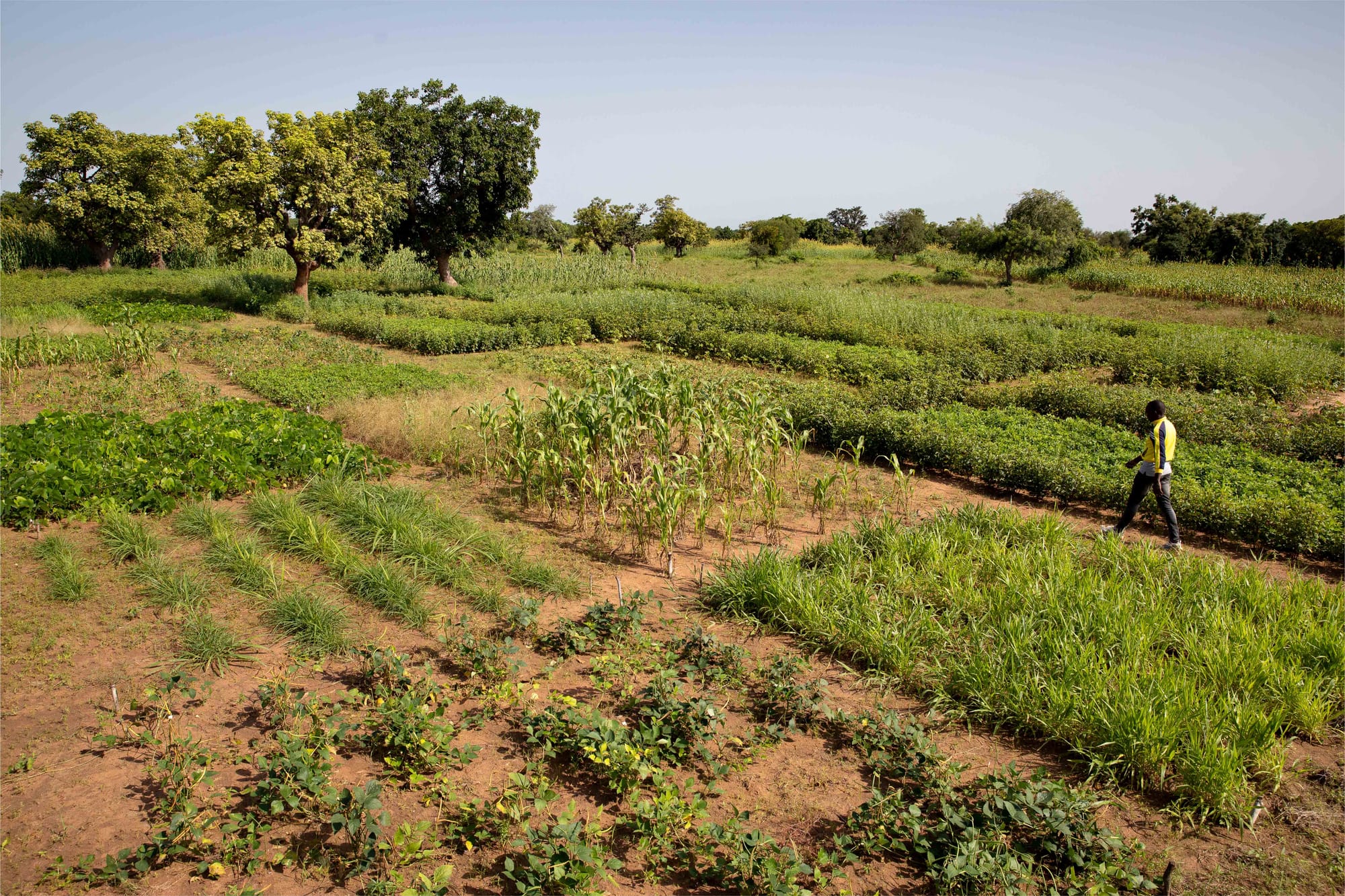
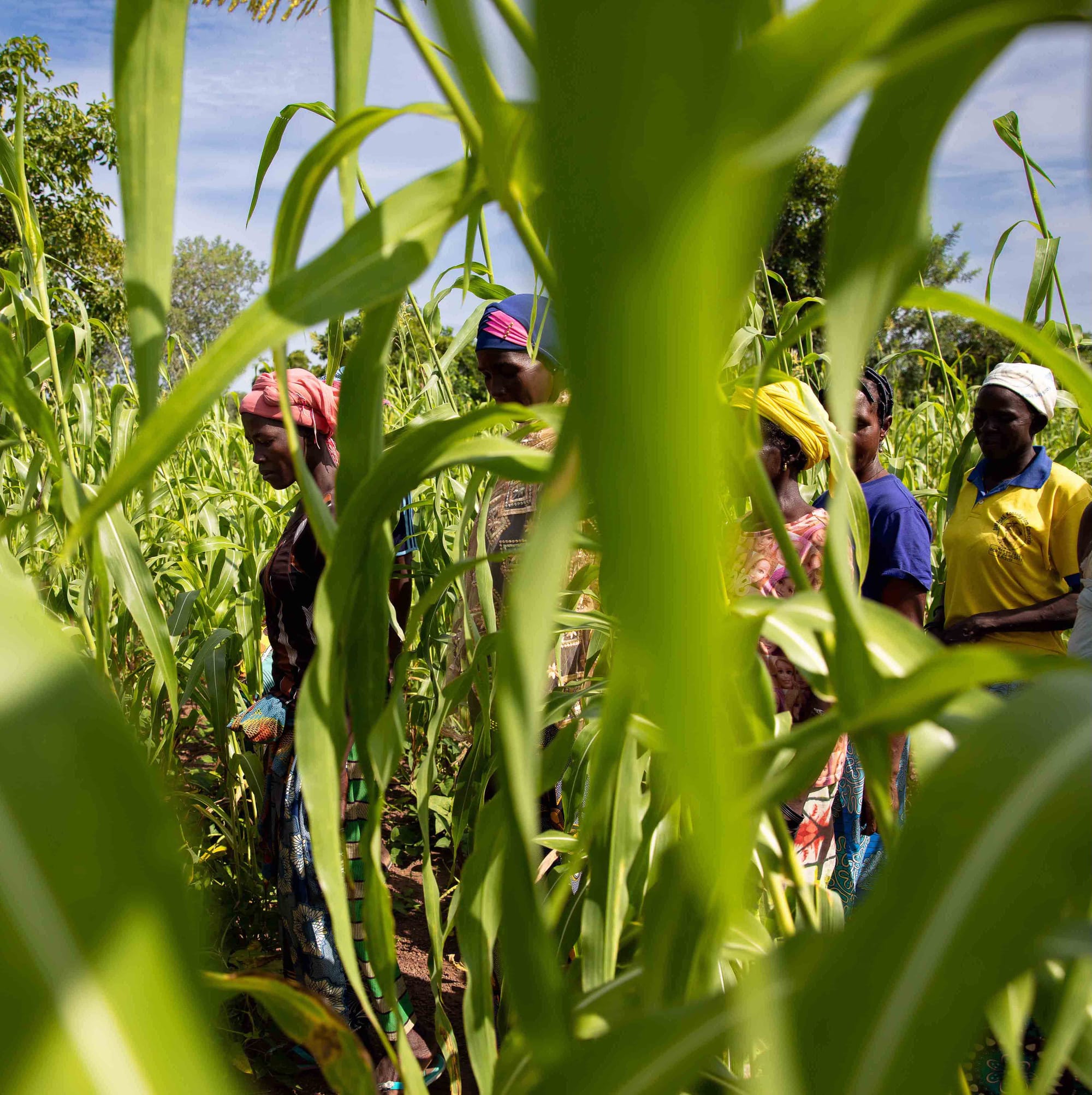

Co-evaluating innovations
After a tour of the plot, the producers voted to select the agronomic options they felt to be the most promising.

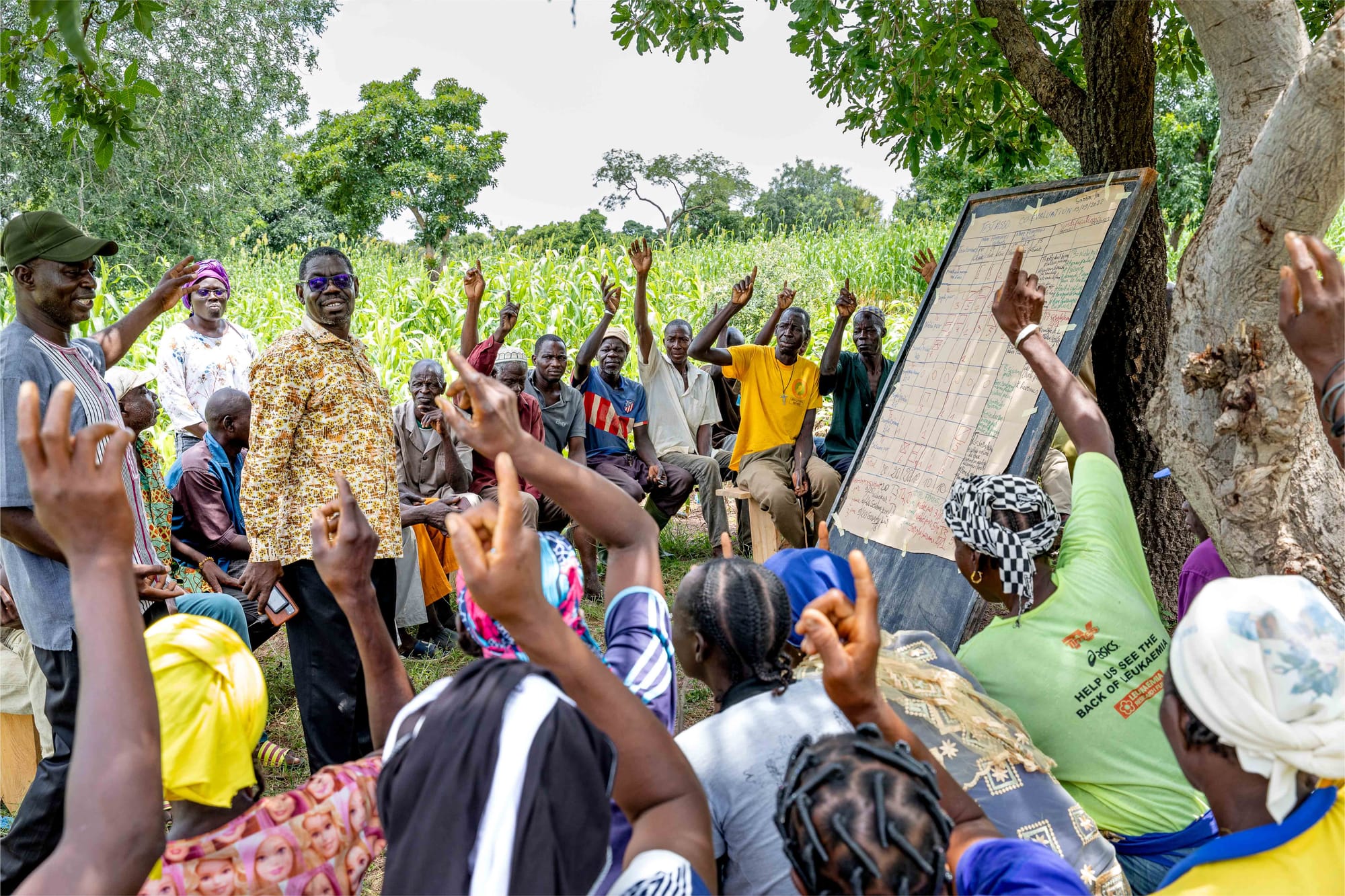
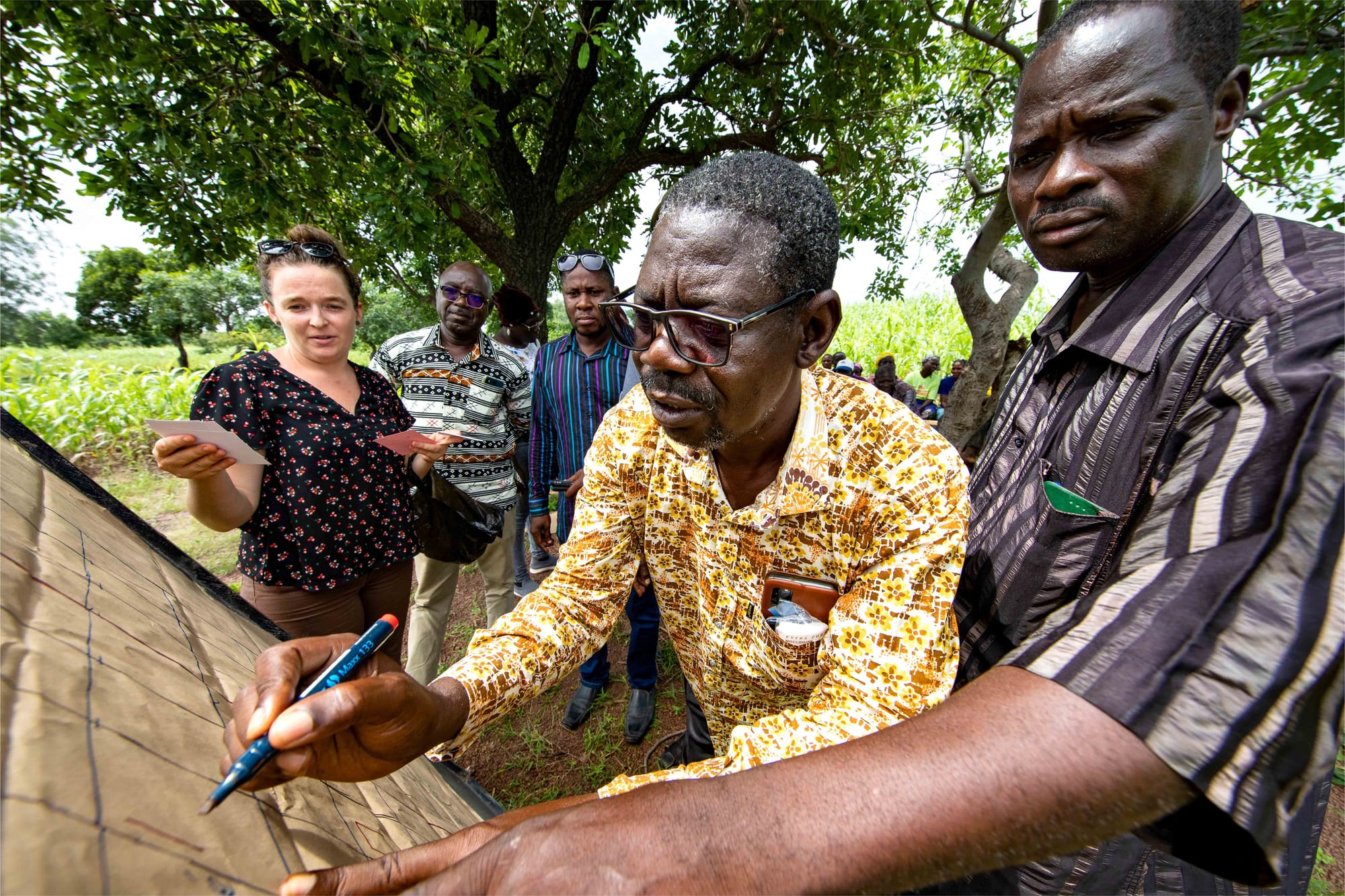

A bunch of innovations
The innovations tested are very diverse: they include intercrops, improved fallows and new varieties of sorghum and cowpeas. The CIRAD-INERA team carries out detailed monitoring of yields and forage biomass.
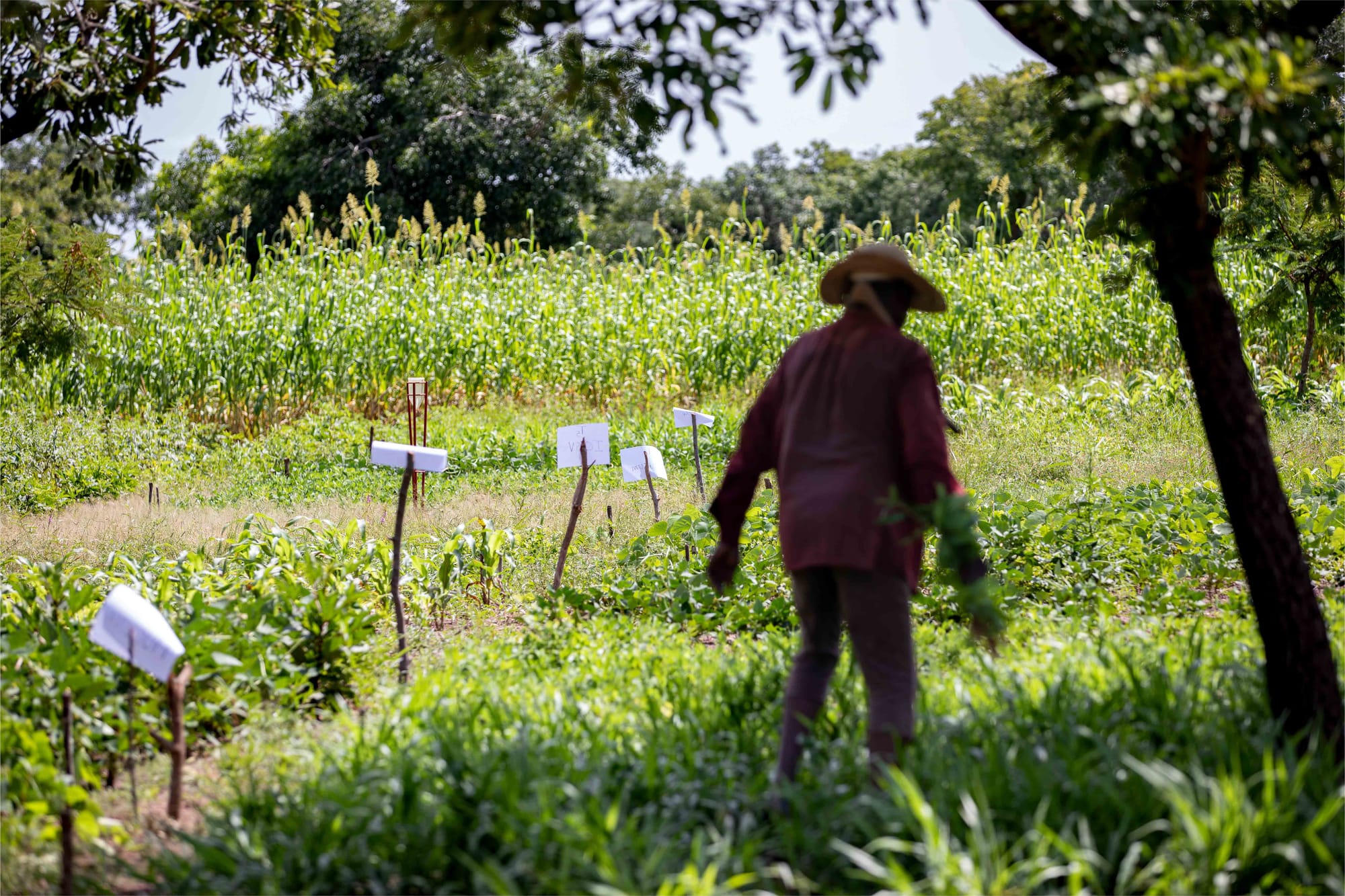
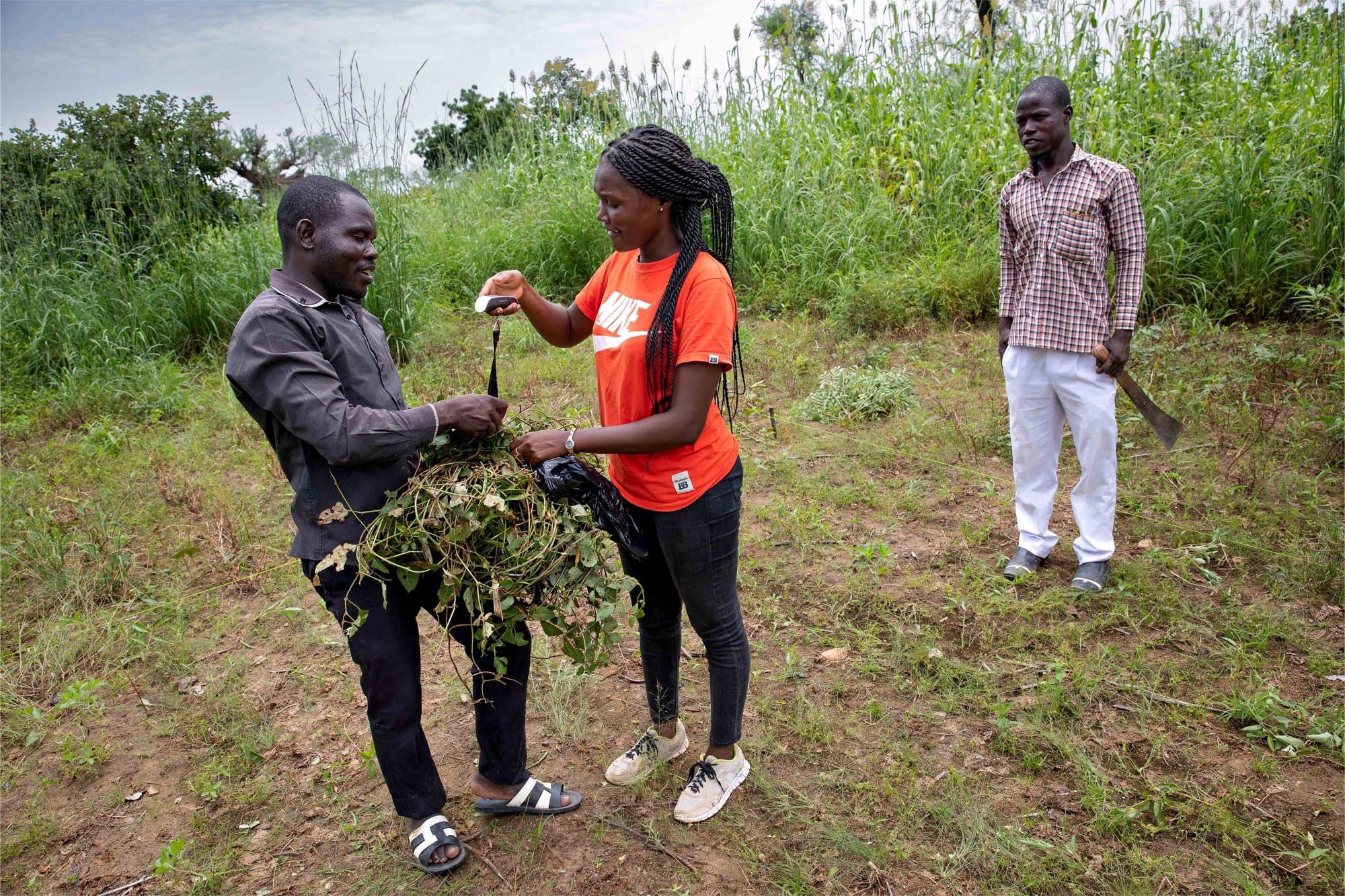
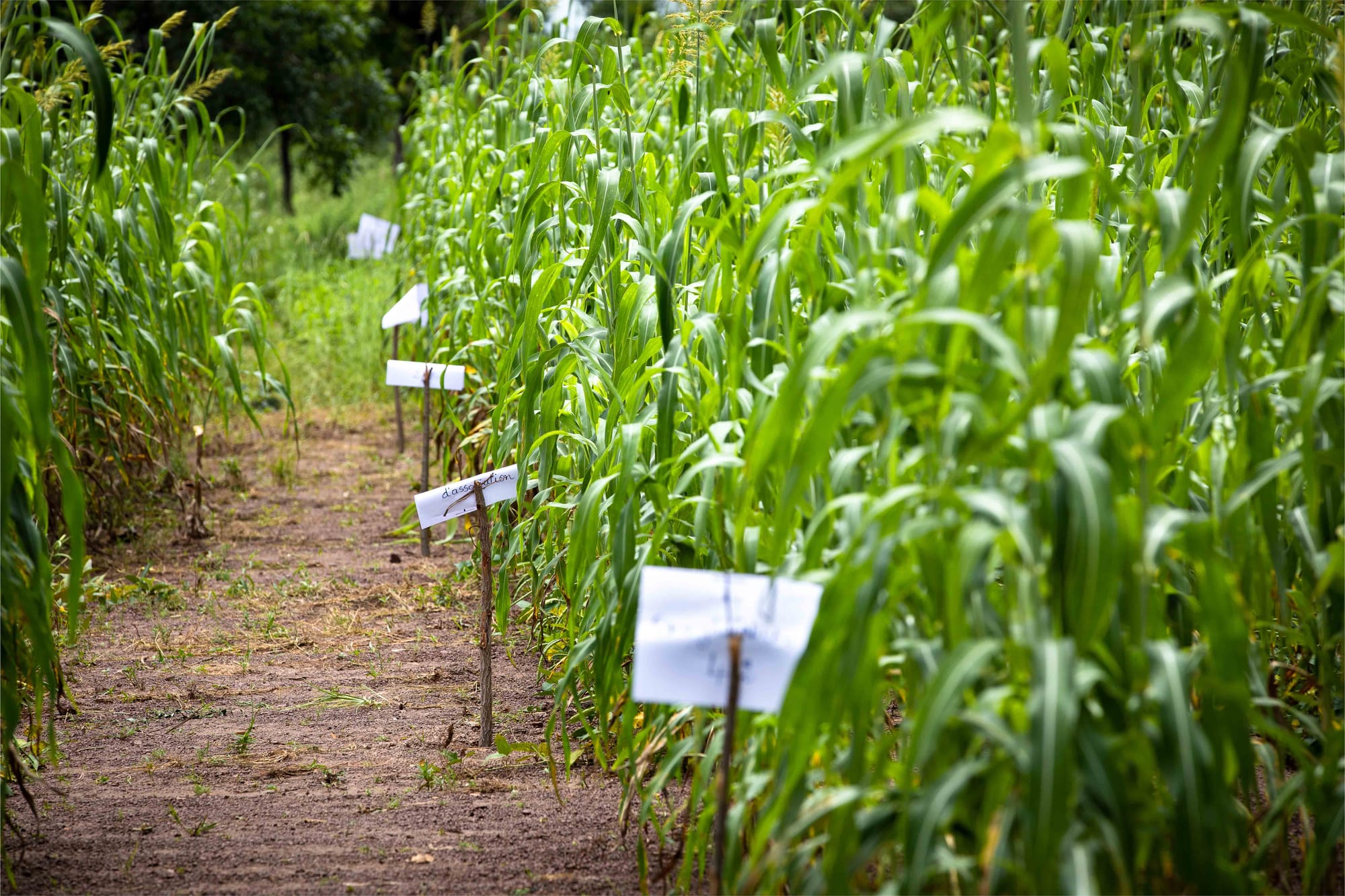

Satellite plots
In the surrounding villages, innovations from the central field are tested in a network of satellite plots run by the farmers themselves. Photos below show farmers experimenting with zai technique as well as sorghum/sesam and sorghum/cowpea intercropping.
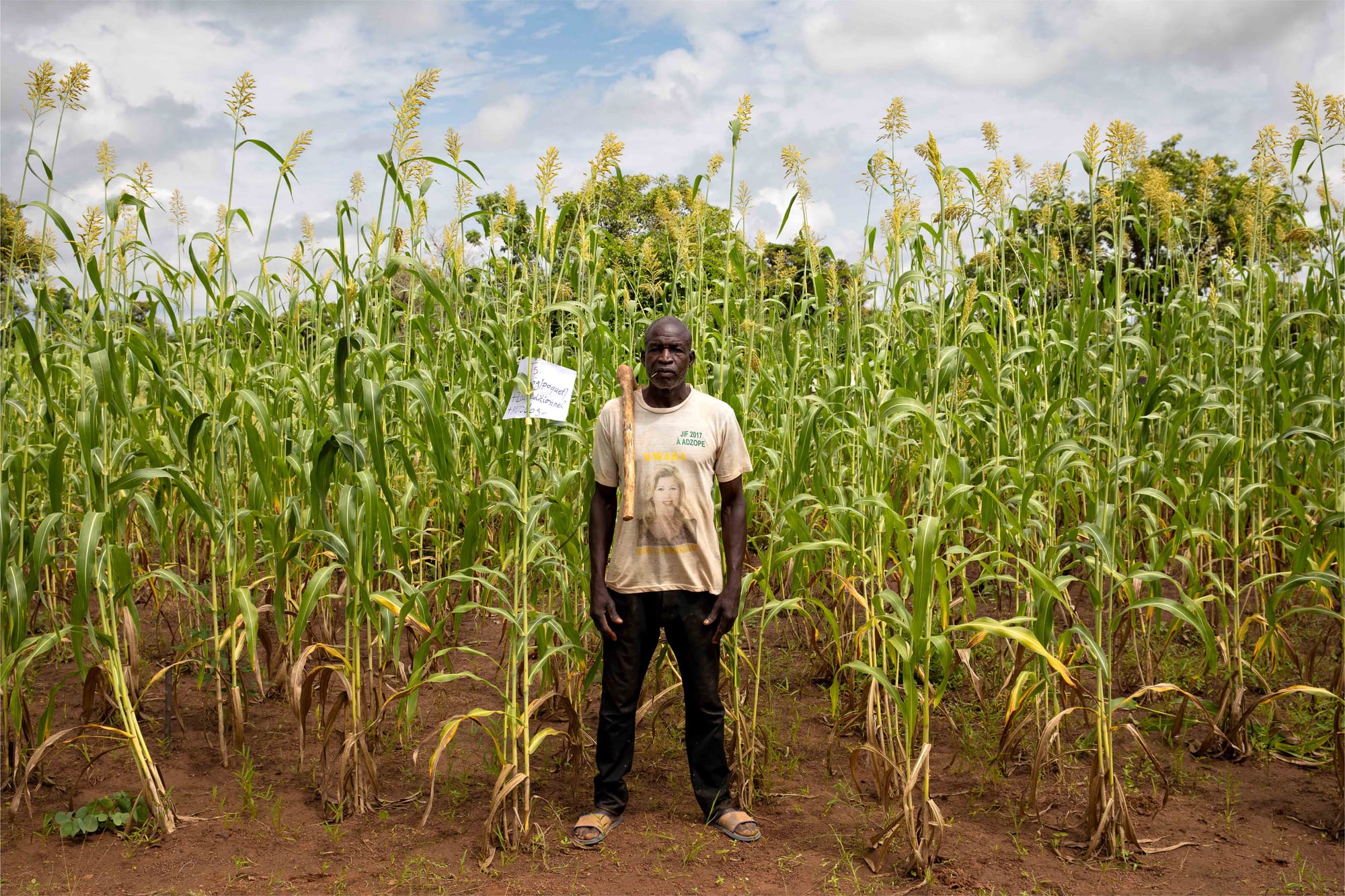
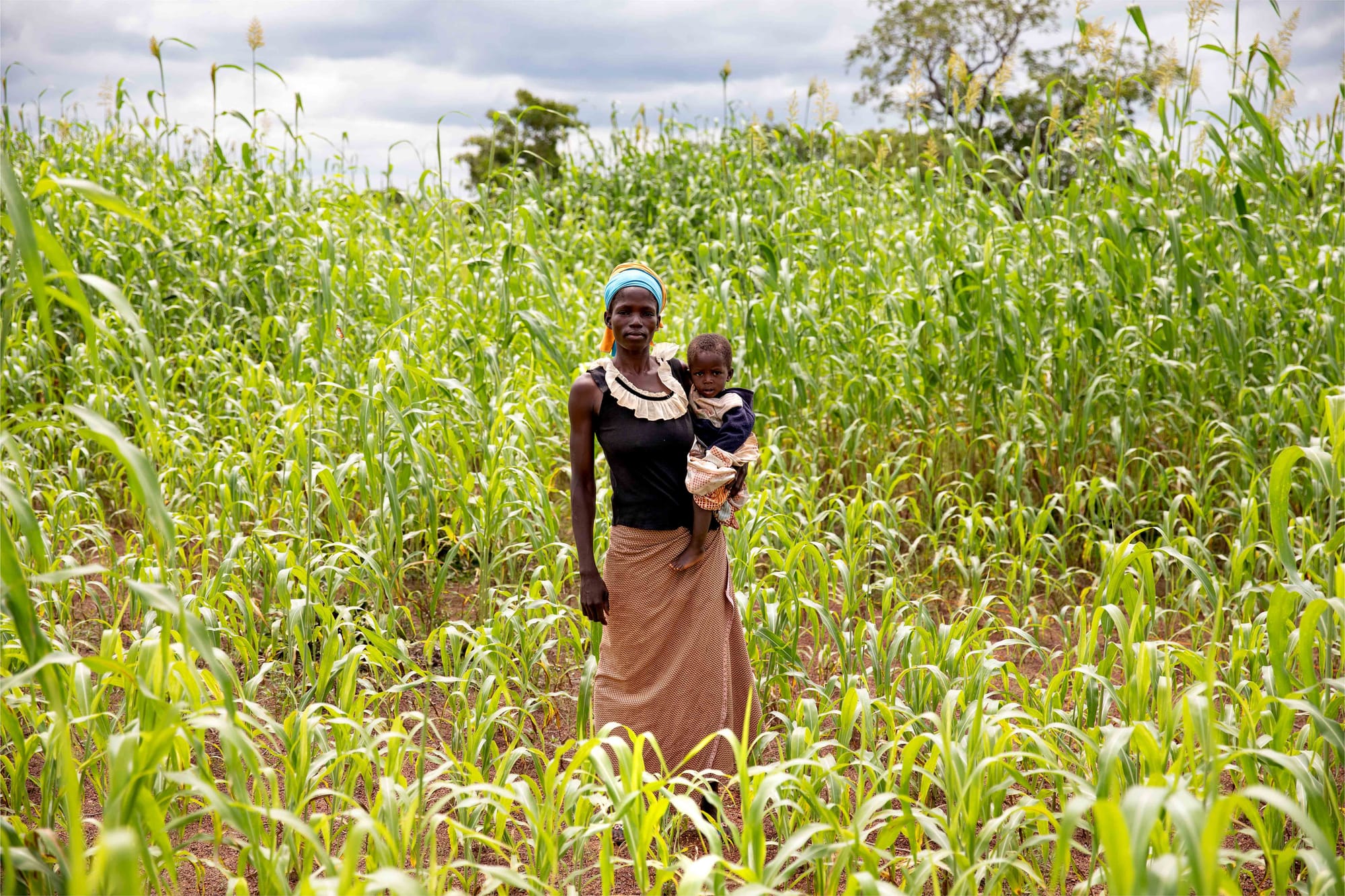
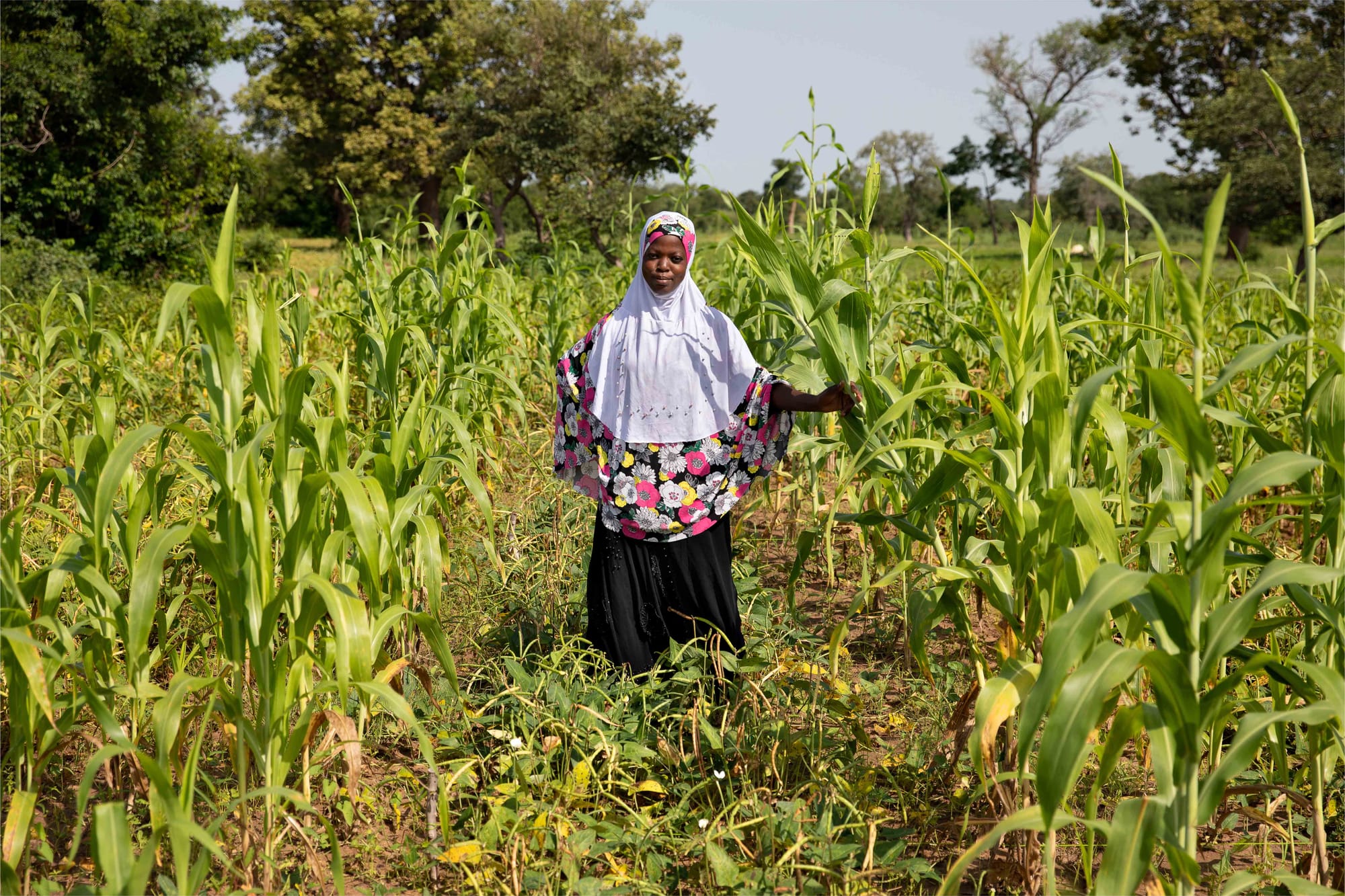
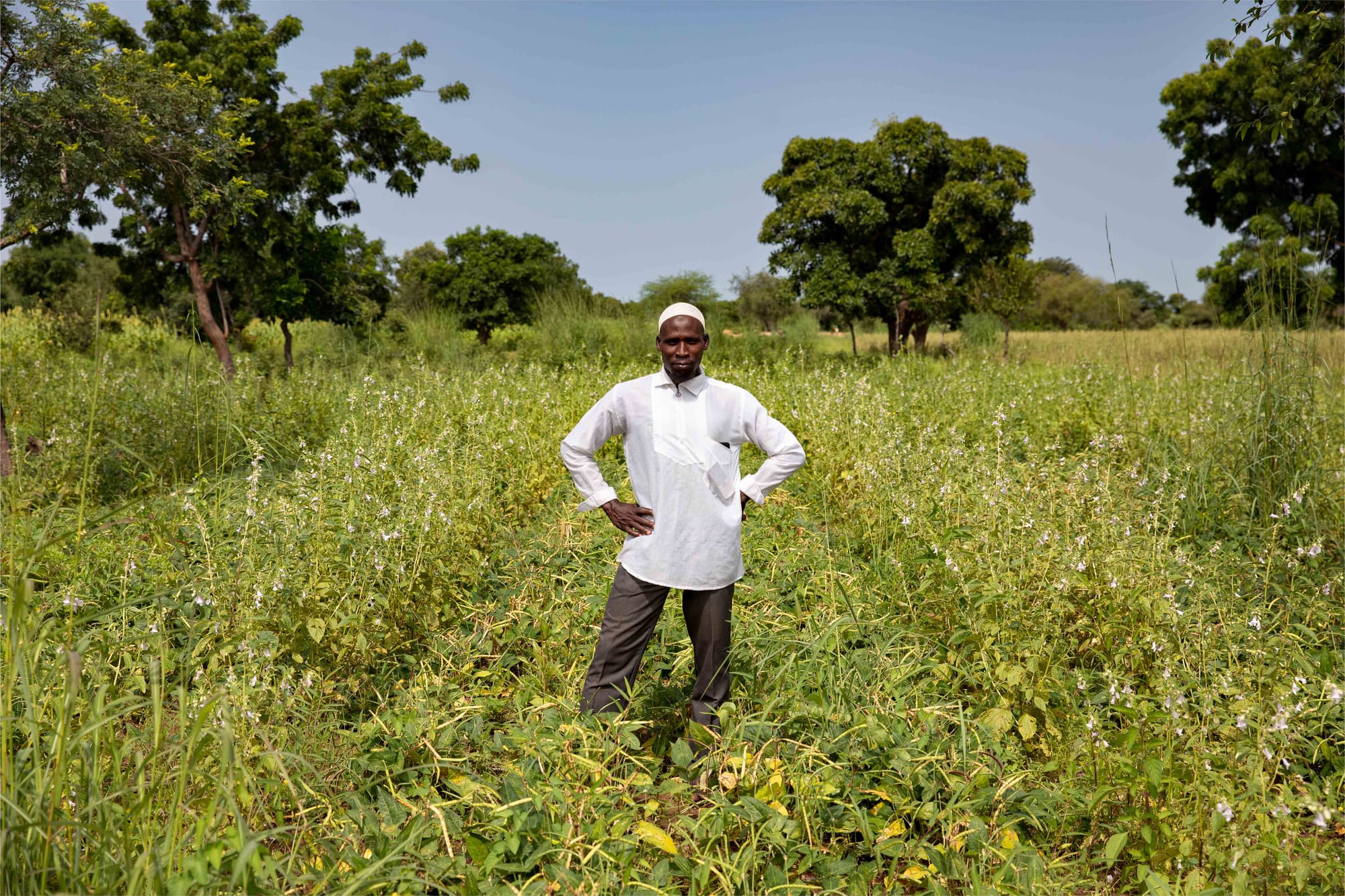
A backbone for innovation
100 km away, in the suburbs of Ouagadougou, the Gampela agronomic station is home to cutting-edge agronomic research that complements the work done with farmers. Louis-Marie Raboin, an agronomist at CIRAD, is coordinating a research programme testing improved fallows, crop associations and sorghum varieties.

